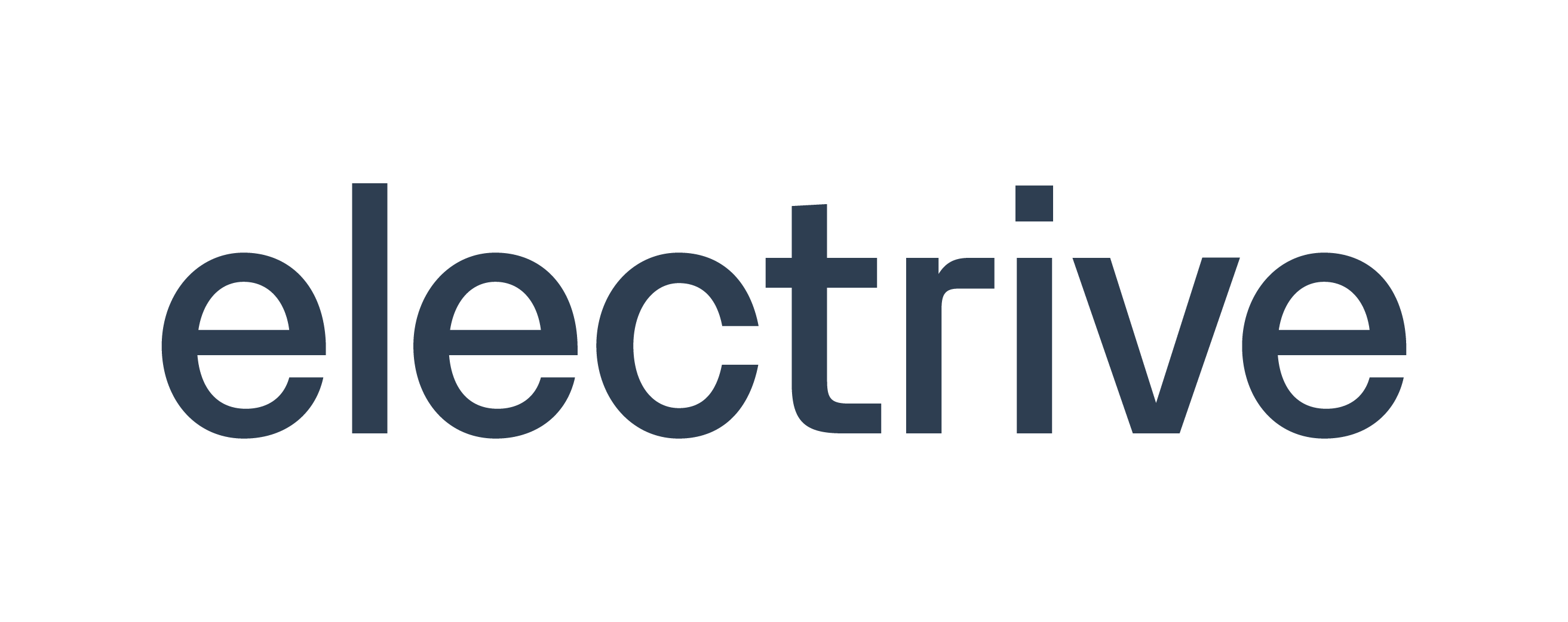How AI’s growing role in the grid reveals the path to smarter, more resilient, and more sustainable energy systems of the future.
A New Era: When Intelligence Became Infrastructure
The moment the grid learned to think, energy stopped being guesswork — and reliability began to take shape.
Artificial Intelligence (AI) is no longer just an add-on to digital technologies; it has become part of the operating logic of modern energy systems.
Across the energy sector, AI is turning rigid, reactive networks into adaptive, intelligent infrastructures, redefining how electricity is generated, routed, stored, and managed. Yet, this transformation comes with a twist — the same technology driving efficiency is also becoming one of the fastest-growing sources of electricity demand.
AI now sits at the heart of a dual challenge: it’s both a major new energy consumer and a powerful enabler of smarter, cleaner grids.
The Energy-AI Link: A Dual Impact of Demand and Enablement
AI’s Growing Appetite for Electricity
AI and data-driven workloads are fuelling an unprecedented rise in global electricity consumption.
According to the International Energy Agency (IEA), AI and digital infrastructure — including data centres — could become one of the decade’s largest new electrical loads, rivalling heavy industries such as aluminium and steel.
IEA projections suggest that roughly half of this additional demand will be met by renewable energy, while the rest will still rely on gas, coal, and nuclear power.
This creates pressure for utilities to keep clean energy supply aligned with digital expansion, treating data centres as a distinct load class, comparable to industrial operations.
AI as a Catalyst for Grid Optimization
While AI increases demand, it’s also revolutionising grid management.
Traditional grid control systems were designed for predictable demand and dispatchable generation — not for today’s bidirectional flows, distributed energy resources, and renewables variability.
AI algorithms are now being deployed to manage these complexities. From real-time forecasting to fault detection and predictive maintenance, AI enhances the flexibility, efficiency, and reliability of the grid.
According to the U.S. Department of Energy, AI-enabled maintenance systems can reduce outage durations by up to 40% and lower operational costs by 25%.
Driving Decarbonization Through Intelligence
AI is becoming a crucial ally in the global effort to decarbonize the energy sector.
By 2030, AI applications could enable a 4% reduction in global CO₂ emissions, according to the IEA, by optimising renewable integration, forecasting generation, and improving energy efficiency.
This momentum toward decarbonization marks a shift from using AI simply for efficiency gains to viewing it as a strategic tool for sustainability.
From Prediction to Autonomy: Where AI Creates Value
Across the energy value chain, AI is delivering measurable improvements in performance, reliability, and asset life.
Here are the key areas of impact:
1. Predictive Maintenance and Asset Health Monitoring
Aging grid infrastructure poses increasing reliability challenges.
AI-driven condition monitoring enables proactive maintenance — using digital sensors and machine learning to predict failures before they occur.
This reduces costly outages and extends the lifespan of transmission and distribution (T&D) assets.
2. Forecasting for Renewables and Distributed Loads
AI forecasting models process massive datasets — from weather patterns to historical generation — to predict renewable energy output with high accuracy.
This helps grid operators balance wind, solar, and storage variability in real time.
3. AI in Manufacturing and Energy Equipment Design
Original Equipment Manufacturers (OEMs) are adopting AI-powered digital twins to simulate real-world grid conditions.
This innovation enhances product reliability, shortens design cycles, and establishes intelligent hardware as a key differentiator in the next decade.
4. Energy Market Optimization
Electricity markets are evolving rapidly.
AI tools analyse price volatility, weather trends, and generation forecasts to enable smarter, faster trading decisions — improving profitability for utilities and large energy users.
Balancing Opportunity and Risk: Overcoming Barriers to AI Adoption
The convergence of AI and energy brings not only opportunity but also complexity.
Challenges such as data security, model transparency, workforce upskilling, and regulatory adaptation must be addressed strategically.
As utilities and OEMs scale AI across operations, success depends on balancing innovation with responsible governance — ensuring that automation enhances human expertise rather than replacing it.
A Strategic Playbook for OEMs and Utilities
The key question is no longer whether to adopt AI, but how to integrate it responsibly and effectively.
PTR’s roadmap outlines four critical steps:
-
Digitize Infrastructure – Build data visibility across transmission and distribution systems.
-
Embed Intelligence – Integrate sensors, analytics, and connectivity into equipment and assets.
-
Upskill Teams – Train engineers and operators in data literacy and AI model interpretation.
-
Measure Impact – Track performance, reliability, and emission reductions through transparent metrics.
The winners will be the companies that combine physics-grounded models with secure data ecosystems, translating reliability and efficiency gains into bankable business results.
From Capacity to Capability: The Intelligent Grid of 2030
Artificial intelligence has moved from theory to necessity in the power industry.
By 2030, AI is expected to unlock over USD 1.3 trillion in value through cost savings, improved reliability, and accelerated decarbonization.
The countries that invest early in AI-ready power systems will lead the next wave of industrial growth — hosting the factories, data centres, and renewable hubs of the digital age.
AI and Energy Innovation at CWIEME
As the global stage for the electrical manufacturing and e-mobility supply chain, CWIEME continues to spotlight how intelligence is redefining infrastructure.
The themes explored in this article — from AI-driven grid optimization to smart, connected components — align directly with the innovations showcased by CWIEME exhibitors and thought leaders.
From transformer digitalisation to AI-enabled design and testing tools, CWIEME provides a platform where technology meets application — helping OEMs, utilities, and engineers turn insight into implementation.
The integration of artificial intelligence across design, production, and operations isn’t just reshaping the energy sector; it’s shaping the conversations and collaborations taking place at CWIEME 2025 and beyond.
About the Author
Saifa Khalid
Senior Analyst I, PTR Inc.
Saifa Khalid has over five years of experience researching global power grid markets. As PTR’s lead power grid analyst, she focuses on transmission and distribution equipment, supporting OEMs worldwide in their digital transformation strategies.
She holds a background in Electrical Engineering and specialises in smart grid technologies and power system analytics.
About PTR
With more than a decade of expertise in the Power Grid and New Energy sectors, PTR Inc. has evolved from a market research firm into a strategic growth partner for companies navigating the renewable energy and e-mobility transition.
PTR empowers clients through intelligence, analytics, and actionable insights across the electrical infrastructure manufacturing space.
📧 Contact: [email protected]
© PTR Inc.




















